All Science
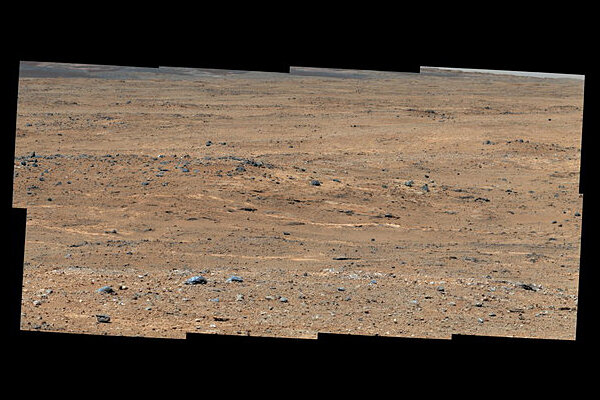 NASA's Curiosity Mars rover takes longest drive yet
NASA's Curiosity Mars rover takes longest drive yetCuriosity performed its longest one-day drive last week, traversing 464 feet across the Martian surface.
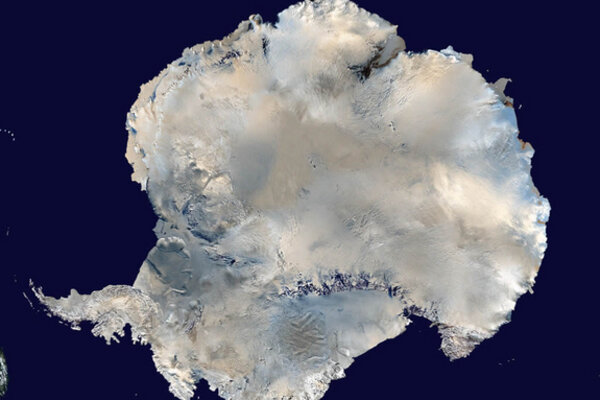 Surprise microbes found in an Antarctic lake
Surprise microbes found in an Antarctic lakeResearchers have reported finding life in the most unlikely of places: under the Antarctic ice.
 Seven science lessons from Doctor Who Doctor Who’s fictional world isn’t girdled with the basic scientific principles that govern our world. But that doesn’t mean that Doctor Who’s science is total fiction – in fact, most of the extreme science in the show is based on very real, and often very cool, scientific precepts. Here are just a few of them.
Seven science lessons from Doctor Who Doctor Who’s fictional world isn’t girdled with the basic scientific principles that govern our world. But that doesn’t mean that Doctor Who’s science is total fiction – in fact, most of the extreme science in the show is based on very real, and often very cool, scientific precepts. Here are just a few of them.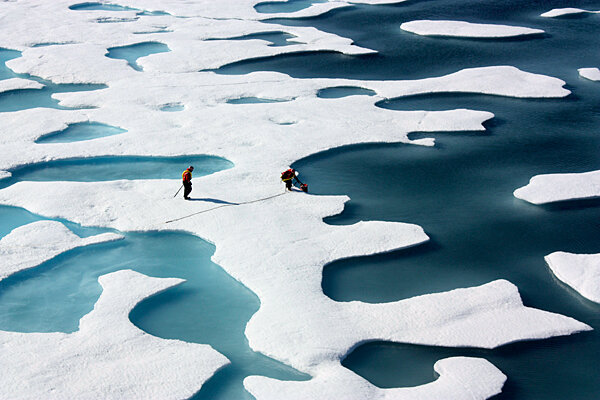 Arctic sea ice rebounds, but don't jump to 'global cooling' conclusions
Arctic sea ice rebounds, but don't jump to 'global cooling' conclusionsParts of the Arctic Ocean containing at least 15 percent sea ice have increased by 78 percent when compared with the extent last year at this time, according to data compiled by the National Snow and Ice Data Center.
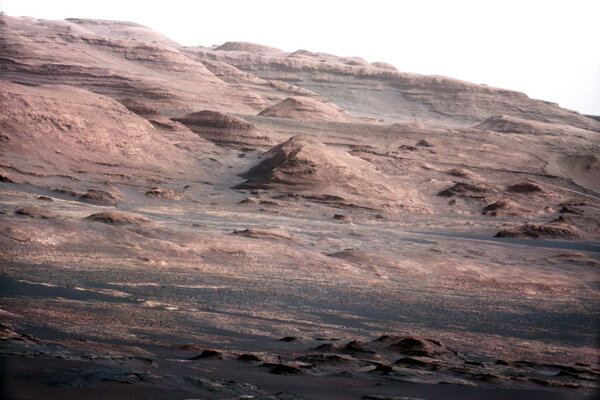 More than 200,000 people apply for a one-way trip to Mars
More than 200,000 people apply for a one-way trip to MarsMars One, the foundation planning to put a human settlement on Mars in 2023, has received some 202,586 applications from pioneer hopefuls eager to live out the rest of their lives on the Red Planet.
- Tropical storm Gabrielle roars back to life
Tropical storm Gabrielle regained strength, with wind now approaching 40 m.p.h. Tropical storm Gabrielle is forecast to hit Bermuda on Wednesday.
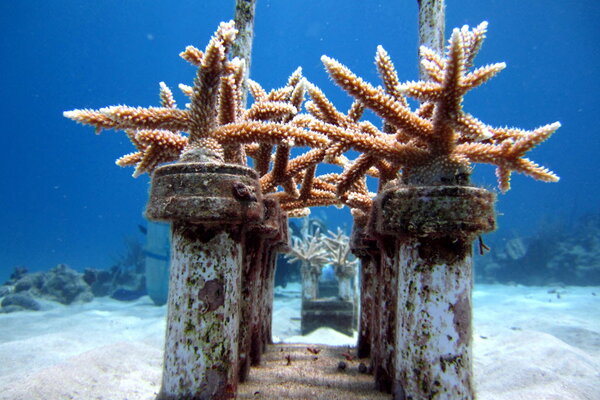 X Prize announces $2 million competition to measure ocean acidification
X Prize announces $2 million competition to measure ocean acidificationThe Wendy Schmidt Ocean Health X Prize will award the developers of a cheap and effective pH sensor to measure ocean acidification levels.
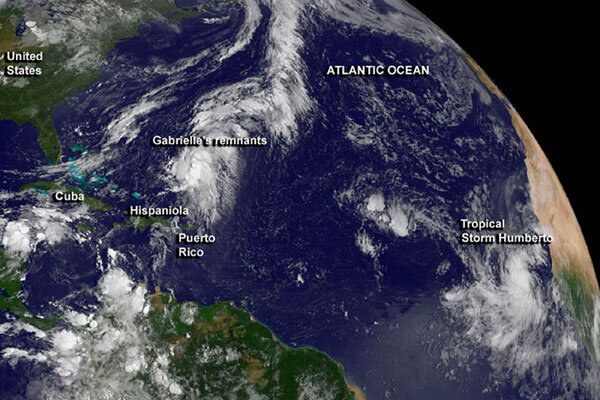 Tropical storm Humberto: Will it be the season's first hurricane?
Tropical storm Humberto: Will it be the season's first hurricane?Tropical storm Humberto is forecast to become the season's first hurricane by Tuesday. If that doesn't happen, this will be the longest hurricane-less start to a season since at least 1967.
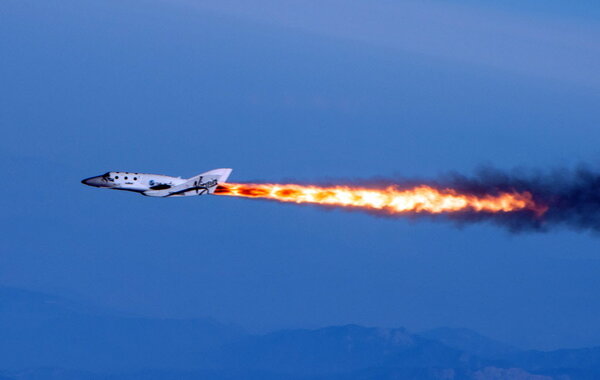 Virgin Galactic releases footage from supersonic flight
Virgin Galactic releases footage from supersonic flightSpaceShipTwo, Virgin Galactic’s supersonic spacecraft built for suborbital tourism, made its second rocket-powered spaceflight last week.
 After Friday's stunning launch, NASA fixes LADEE moon probe glitch
After Friday's stunning launch, NASA fixes LADEE moon probe glitchJust hours after liftoff, NASA's LADEE moon explorer encountered a glitch in its reaction wheels. Engineers have fixed the problem and the probe is set to continue its mission to study the moon's atmosphere.
 NASA: There's time to fix robotic explorer before moon landing
NASA: There's time to fix robotic explorer before moon landingNASA's Lunar Atmosphere and Dust Environment Explorer (LADEE) launched late Friday, but experienced a slight glitch. Now, researchers are looking for a solution which will enable the robotic moon probe to orient itself properly.
- NASA lunar probe hits snafu, but still on track to moon
The NASA LADEE spacecraft was spinning too fast after Friday night's launch. But NASA says it has two or three weeks to fix the problem before the craft reaches the moon.
 Moon mission to look for 'hopping' water and 'electrified' dust
Moon mission to look for 'hopping' water and 'electrified' dustNASA's latest moon mission, LADEE, will spend three months studying the moon's water cycle and atmosphere – two things most of us thought the moon didn't have.
 Moon-bound LADEE craft to fulfill NASA goal: communicate with lasers
Moon-bound LADEE craft to fulfill NASA goal: communicate with lasersThe spacecraft LADEE, launching Friday night, aims to study the moon's atmosphere and dust. But it's also set to test laser communications that NASA hopes to use with future explorer craft.
 Biggest volcano on Earth found: It's been hiding under the ocean
Biggest volcano on Earth found: It's been hiding under the oceanThe biggest single volcano on Earth is in the Pacific Ocean, roughly halfway between Hawaii and Japan. Dubbed 'Tamu Massif,' the humongous volcano erupted almost 150 million years ago.
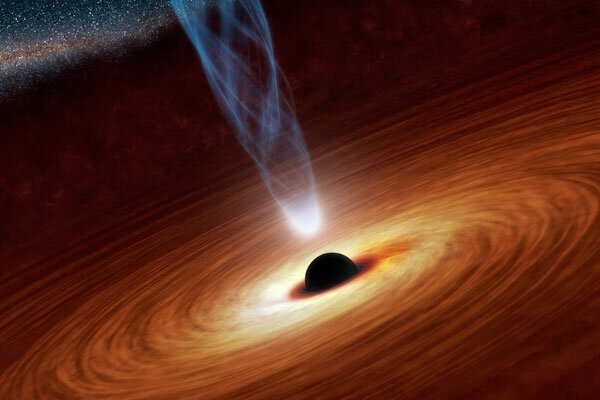 Death spiral: why the universe is producing fewer stars
Death spiral: why the universe is producing fewer starsTwo new studies attempt to explain how gases crucial to star formation are being expelled from galaxies, turning fertile spiral galaxies into fallow elliptical ones.
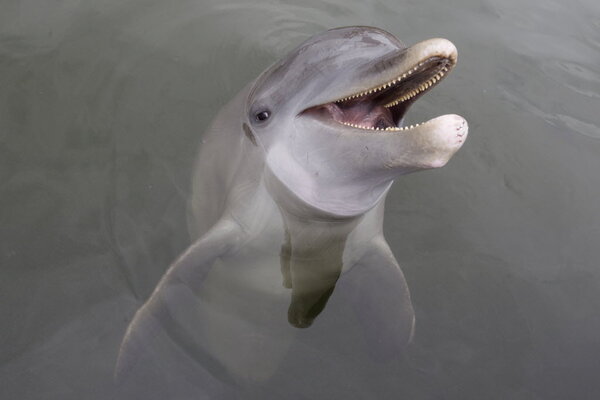 Are dolphins basically wet bats? Genetic study reveals surprising similarities.
Are dolphins basically wet bats? Genetic study reveals surprising similarities.A new paper published in Nature reports that bats and dolphins share genetic signatures that correlate to echolocation.
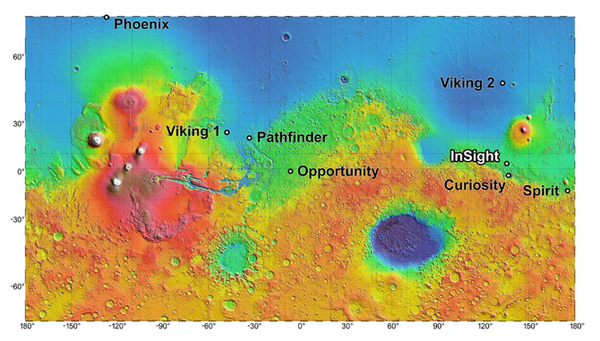 NASA picks four possible Mars landing sites, none of them interesting
NASA picks four possible Mars landing sites, none of them interestingNASA has whittled to four the number of potential landing sites for its 2016 mission to Mars to four featureless plots, to ensure a safe touchdown for its InSight lander, which will probe the Red Planet's interior.
- Fireball outshines moon, caught on NASA video
Fireball outshines moon: NASA cameras captured video of a meteor streaking past the moon. The fireball was one of the brightest observed by NASA in the past five years.
 Ancient Egypt's transition to statehood happened faster than thought
Ancient Egypt's transition to statehood happened faster than thoughtA new paper reports that Egypt’s transition from a smattering of villages to one of history’s most enthralling political states took just 600 to 700 years.




















